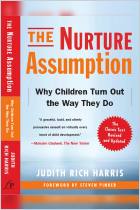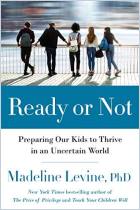
Book
Why Are All the Black Kids Sitting Together in the Cafeteria?
And Other Conversations About Race
Recommendation
Educator and psychologist Beverly Daniel Tatum’s groundbreaking 1992 article Talking About Race, Learning About Racism and the first edition of this book received high acclaim. In this new edition, Tatum reviews the history of racism in the United States, updates its current state, debunks the myth of a post-racial America and explains the development of racial identity in young people of color. She hopes that understanding how systemic racism negatively affects all Americans will facilitate productive, forthright and honest conversations.
Summary
About the Author
Beverly Daniel Tatum, PhD, President Emerita of Spelman College, wrote Talking about Race, Learning about Racism and Can We Talk About Race?
Learners who read this summary also read
Book
Book
















Comment on this summary or Start Discussion